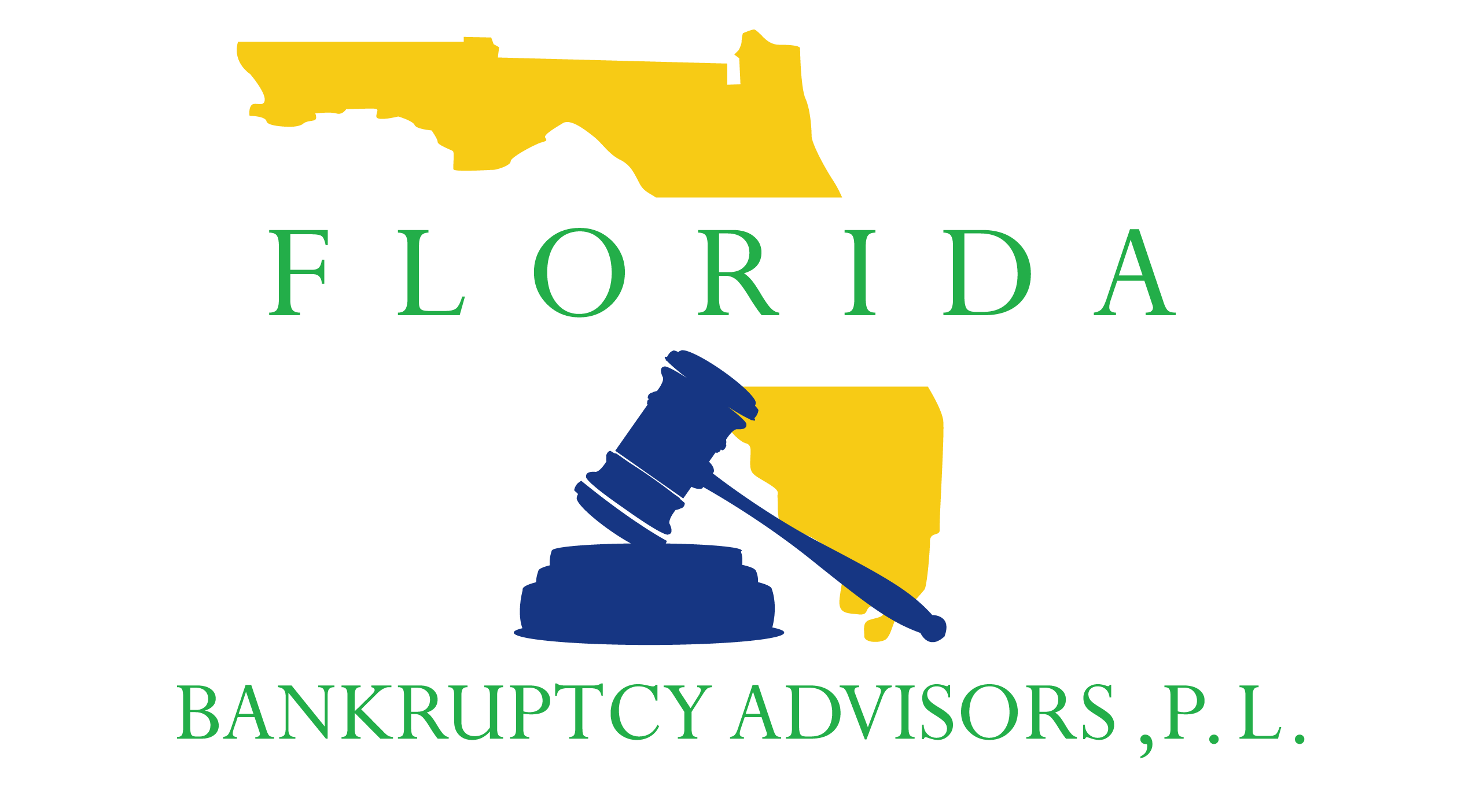The Chapter 13 Plan
Chapter 13 bankruptcy centers on what’s known as the Chapter 13 plan. It outlines exactly how much you will pay each of your creditors each month over life of three-to-five-year plan.
The Chapter 13 plan must be filed with the bankruptcy court within 14 days after filing your bankruptcy case unless the bankruptcy court grants an extension.
This plan will distinguish between Administrative debt, Secured debt, Priority debt and Unsecured debt, and detail the specific payment plan for each of these creditor types. For example, if you are trying to save your home from foreclosure, the Chapter 13 plan will include a separate section for your home loan, detailing your proposed remedy for restructured payments to your home mortgage lender over time. (A home mortgage is typically treated by curing the arrears over life of plan while maintaining contractual monthly payment. Another common tool used to save a home from foreclosure in Chapter 13 bankruptcy is Mortgage Modification Mediation. It also known as “MMM”, which is also included in the plan).
Administrative Debt
Administrative debt is typically limited to any remaining balance on your bankruptcy attorney fees, which are also paid through the Chapter 13 plan.
Priority Debt
Priority debt includes things like recent IRS debt and domestic support obligations. For instance, child support and alimony, which much be properly addressed in the Chapter 13 plan.
Secured Debt
Secured debts like a home mortgage or car loan (a secured debt is a debt secured by collateral) can be restructured through the plan or be treated outside of the plan if restructuring is unnecessary.
Unsecured Debt
Generally, as for your unsecured debts, like credit card debt, medical bills and personal loans. These unsecured debts are at the bottom of the pecking order in bankruptcy. However, in Chapter 13, your unsecured creditors are only entitled to the amount they would have been expected to receive in a Chapter 7 bankruptcy (essentially, the value of your non-exempt assets). Or the amount you can afford to pay, whichever is higher. The amount you can afford to pay, which often called “disposable income”, is determined through your bankruptcy schedules. We will help you understand factors that influence your disposable income and your Chapter 13 plan payment to unsecured creditors.
Sections
Ultimately, your plan must conform with the statutes in Chapter 13 of the bankruptcy code, specifically 11 U.S.C. § 1322 and 11 U.S.C. § 1325. Those sections of bankruptcy code respectively outline required contents of plan and requirements for confirmation of plan. To sum up, confirmation of the plan is the ultimate goal of a Chapter 13 bankruptcy. Moreover, essentially amounts to the bankruptcy court approving your Chapter 13 plan. Once a plan is confirmed by the bankruptcy court, the confirmed plan becomes your new contract with your creditors.
Getting your Chapter 13 plan confirmed by the bankruptcy court is very complicated and time consuming. Even a small calculation error can have your case dismissed. Plan confirmation by the bankruptcy court requires attendance at multiple monthly confirmation hearings. That continue each month until the deadline for creditors to file a Proof of claim has passed (also known as the “Bar Date”).
Confirmation hearings
Payments towards your Chapter 13 bankruptcy case begin 30 days after your bankruptcy case is filed. You make all of your Chapter 13 plan payments directly to the Chapter 13 trustee. Trustee then distributes the payments to your creditors pursuant to the filed plan. Once you complete all of the plan payments over the lifetime of the plan, you will be current on the secured and priority debts you cured through the plan and be in position to receive a bankruptcy discharge on any remaining balances of your dischargeable unsecured debt (like credit cards, medical bills, and personal loans, etc.).
Are You Eligible for Chapter 13 Bankruptcy?
We understand what you're going through and want to help.
Call Now for a FREE Phone Consultation with an Experienced Bankruptcy Attorney to learn more about bankruptcy.
